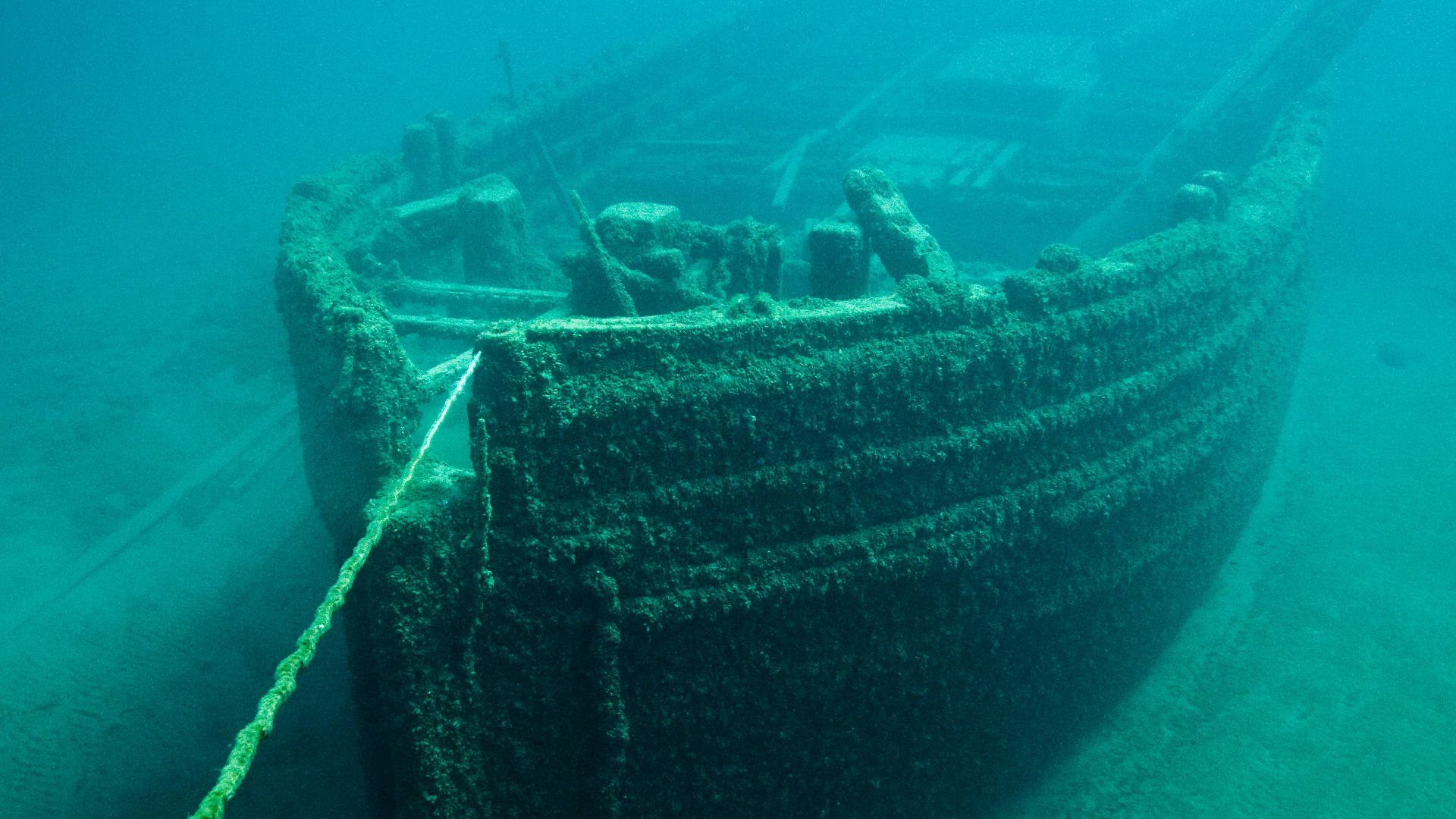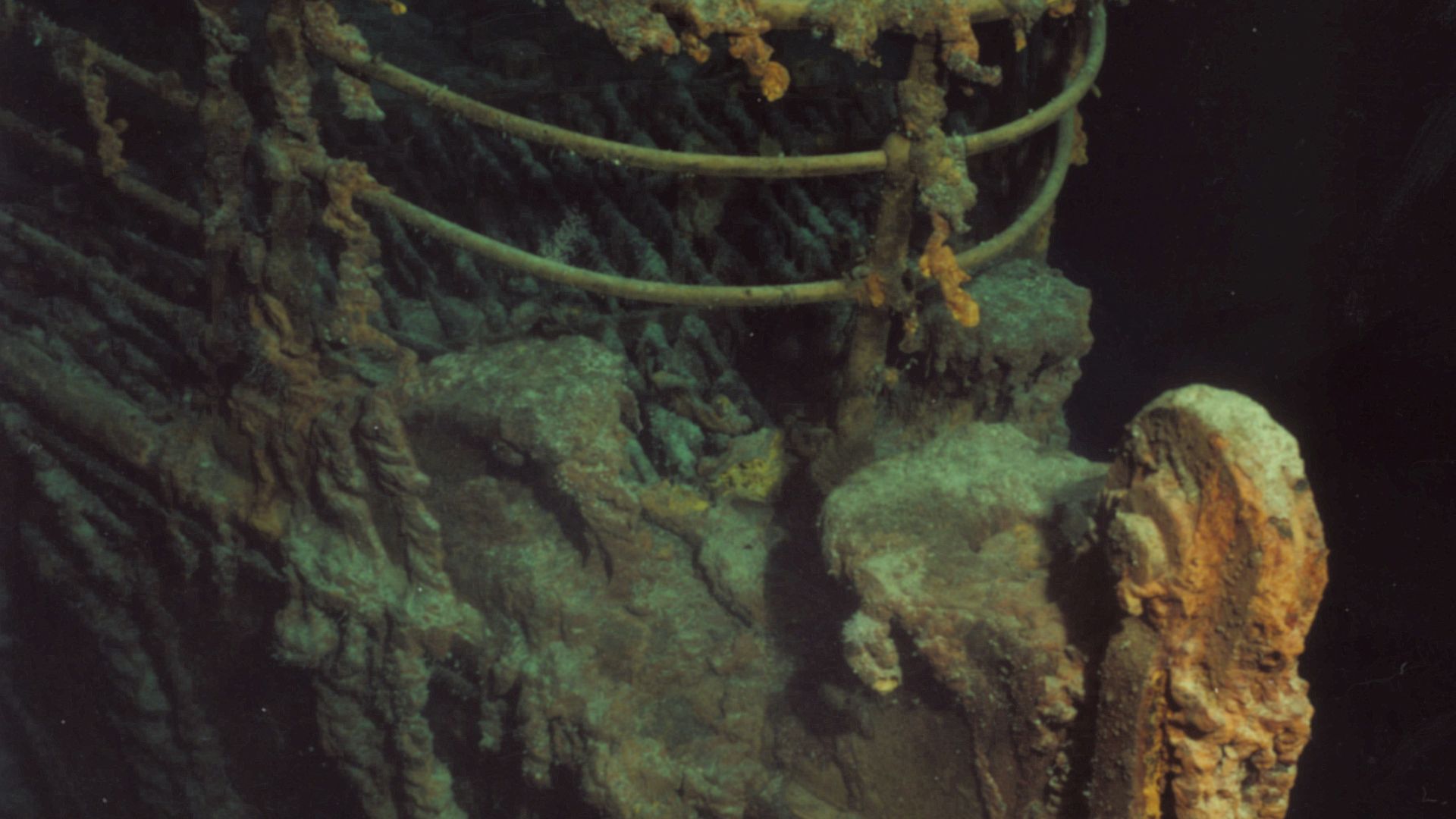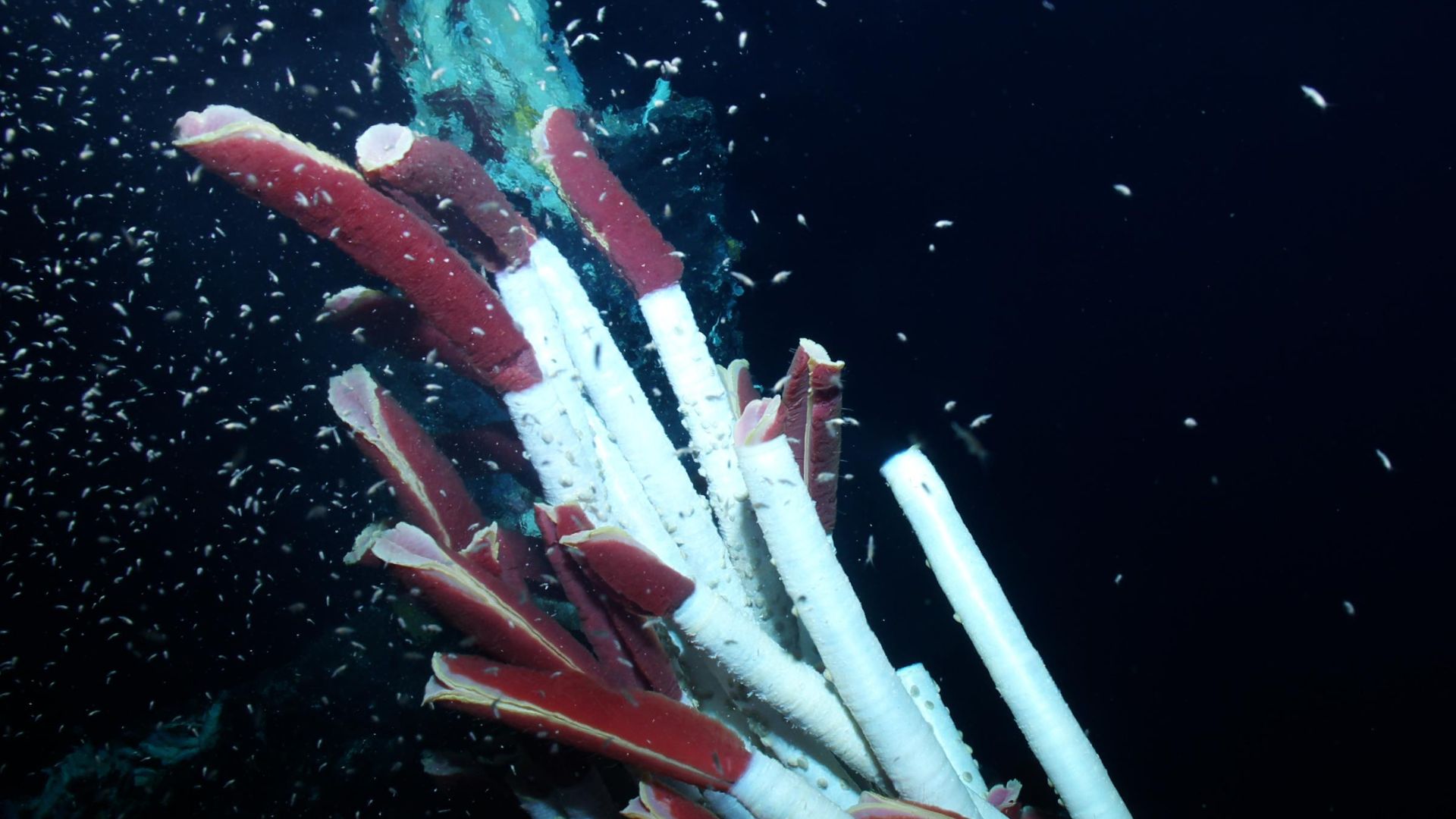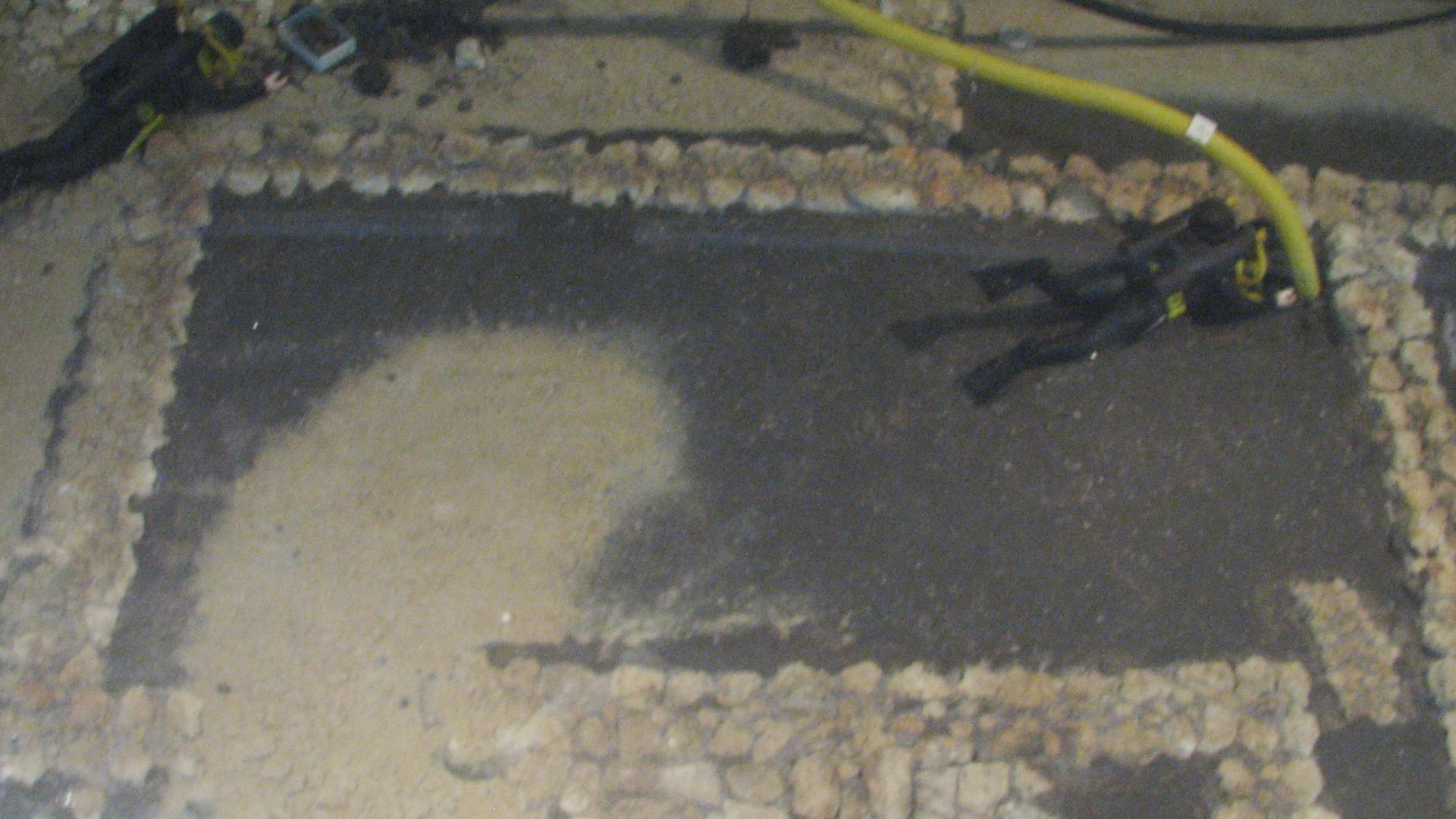Lost Treasures
Some of the most mysterious, bizarre, and utterly fascinating things can be found in the ocean depths. Below the waves, you can find long-lost cities and monsters lurking. With that in mind, here are 5 of the most notable scientific discoveries.
1. Titanic
The Titanic was a luxury ocean liner that sank in 1912 during her first voyage. More than 1,500 passengers lost their lives in the wreck, shocking the world. Although the rough location of the Titanic was known, it wasn't until 1985 that it was discovered, lying 12,000 feet below the surface of the ocean. The ship had broken into two pieces completely. Deep-sea technology, such as sonar and underwater cameras, was used in the discovery.
2. Thonis-Heracleion
Thonis-Heracleion is an authentic ancient city that disappeared beneath the water for centuries. The lost city was first spotted by air in the 1930s, and it wasn't until 1999 that a full excavation could begin. The underwater ruins at the site gave historians the answer to the longstanding mystery of the two cities. The discoveries of statues, temples, money, and other artifacts at the mouth of the Nile showed that Thonis and Heracleion were the same city.
3. The Antikythera Mechanism
Discovered in a shipwreck in 1901, the Antikythera Mechanism is believed to be the world's first analog computer. Scientists had to study the device for years before they realized that it was a highly complex astronomical calculator that could predict eclipses and follow the motions of the heavens. Its intricacy reveals a level of technology that wasn't seen again for centuries.
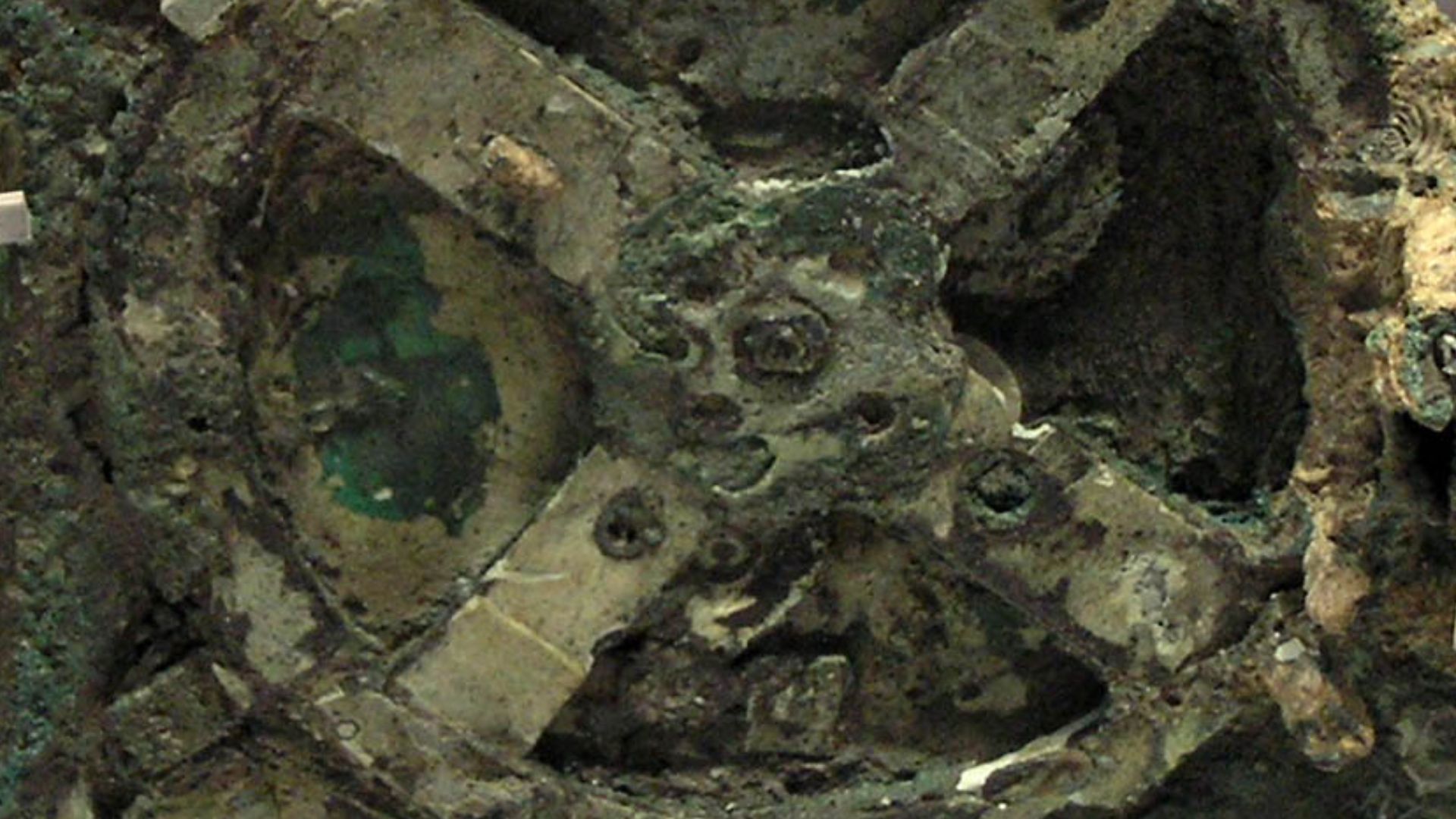 No machine-readable author provided. Marsyas assumed (based on copyright claims). on Wikimedia
No machine-readable author provided. Marsyas assumed (based on copyright claims). on Wikimedia
4. Giant Tube Worms
Back in 1977, scientists investigating hydrothermal vents near the Galapagos Islands made a startling discovery: giant tube worms, some six feet long. Living on the edge of the world, these alien-looking creatures endure 600-degree Fahrenheit heat, toxic chemicals, and intense pressure. Scientists found the worms growing around deep-sea volcanoes where no life was thought to exist, providing clues about life on other planets.
5. Atlit-Yam
The 9,000-year-old Atlit-Yam was a Neolithic village that was submerged off the coast of Israel. This early settlement, possibly abandoned after a catastrophic event like a tsunami, was first explored in 1984, and underwater excavations have since revealed the earliest evidence of tuberculosis. Atlit-Yam is among the oldest human settlements to be studied underwater and has been described as “Israel’s Atlantis.”


